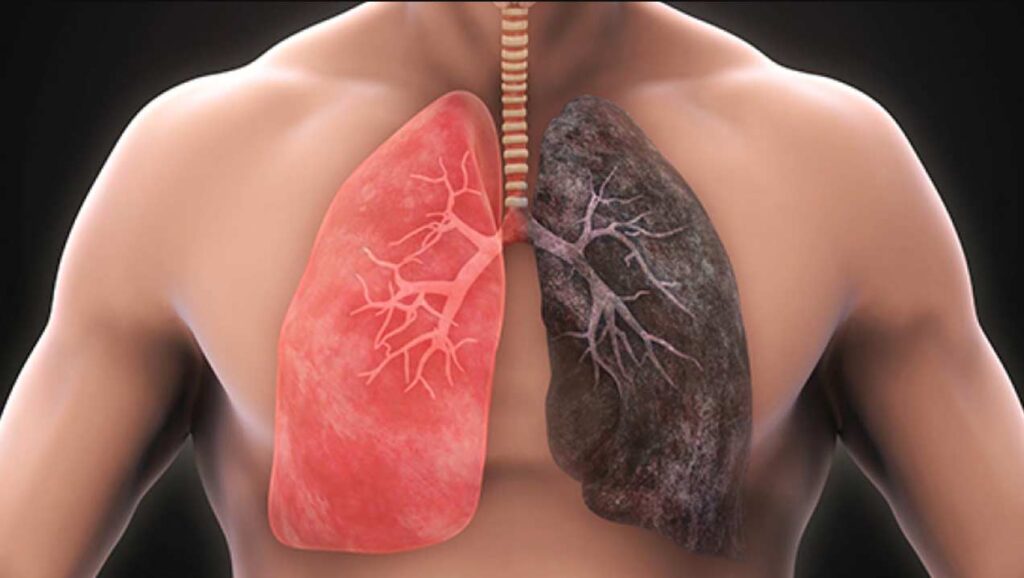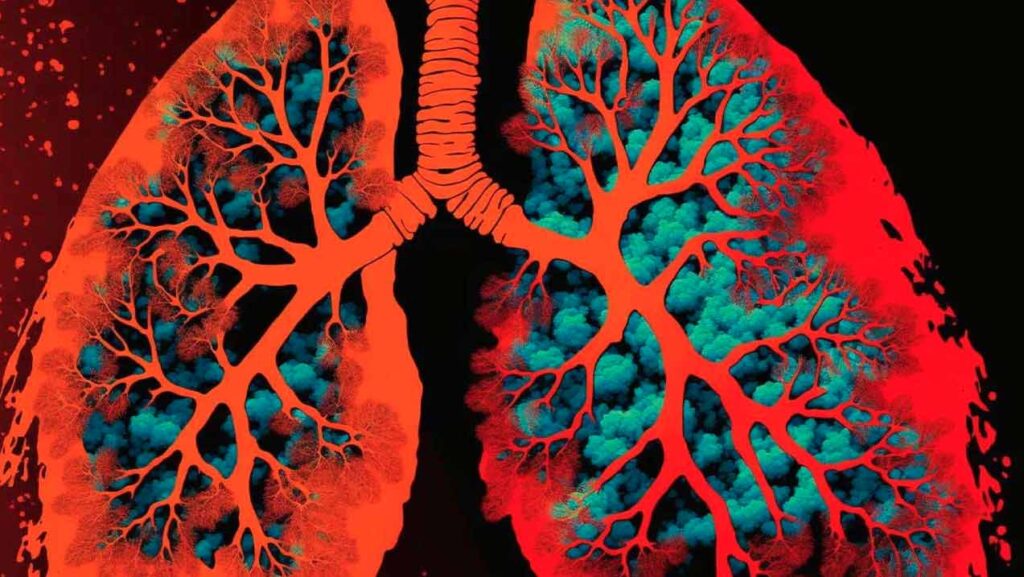COPD stands for Chronic Obstructive Pulmonary Disease, a chronic inflammatory lung disease that causes obstruction of airflow from the lungs. COPD includes two main conditions: chronic bronchitis and emphysema.
COPD stands for Chronic Obstructive Pulmonary Disease, a chronic inflammatory lung disease that causes obstruction of airflow from the lungs. COPD includes two main conditions: chronic bronchitis and emphysema. Chronic bronchitis is a condition in which the bronchial tubes become inflamed and narrowed, leading to chronic cough and the production of mucus. Emphysema is a condition in which the air sacs in the lungs are damaged, making it difficult to breathe.
The symptoms of COPD can vary in severity and may not appear until the disease has progressed. The most common symptoms of COPD include:
As COPD progresses, these symptoms can become more severe and interfere with daily activities. In advanced stages, COPD can also cause respiratory failure, leading to the need for oxygen therapy or mechanical ventilation. It is important to consult a doctor if you are experiencing any of these symptoms to receive an accurate diagnosis and appropriate treatment.

The primary cause of COPD is cigarette smoking, accounting for up to 90% of cases. Long-term exposure to other lung irritants such as air pollution, dust, and chemicals can also contribute to the development of COPD. In rare cases, COPD can be caused by a genetic condition called alpha-1 antitrypsin deficiency, which affects the production of a protein that helps protect the lungs.
The harmful chemicals in cigarette smoke and other lung irritants can cause inflammation and damage to the airways and air sacs in the lungs, leading to the characteristic symptoms of COPD. The risk of developing COPD increases with the length of time and amount of exposure to these lung irritants. Other risk factors for COPD include a history of frequent lung infections, older age, a family history of COPD, and being male.

It is important to note that COPD is a preventable disease, and quitting smoking is the most important step in preventing and treating COPD. Reducing exposure to other lung irritants, such as air pollution and workplace chemicals, can also help prevent the development of COPD.
Although there is no cure for COPD, there are several treatment options available that can help manage the symptoms and slow the progression of the disease. The main goals of COPD treatment are to reduce symptoms, improve lung function, and enhance the patient’s quality of life.


It is important to consult a doctor to determine the best treatment plan for COPD, as the optimal treatment will depend on the individual’s symptoms, medical history, and the severity of the disease.
Dr. Naveed Hassan FCCP is a board-certified pulmonologist and critical care specialist who has extensive experience in the diagnosis and treatment of COPD. He has a thorough understanding of the latest treatments and techniques available for managing COPD and is committed to providing personalized care to his patients.